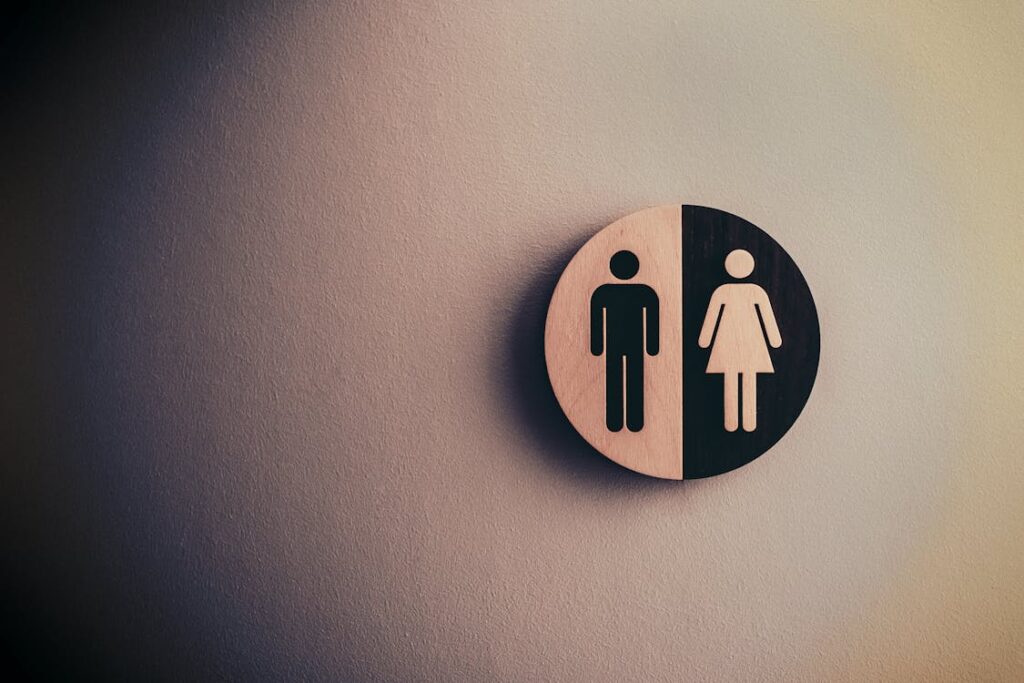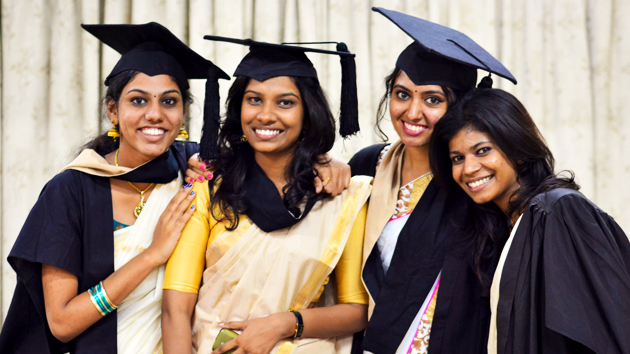Introduction:
Millions of girls and women worldwide still confront major obstacles in their quest for high-quality education, even though education is frequently touted as a potent instrument for empowerment and social development. The obstacles preventing women from pursuing higher education are numerous and deeply ingrained, ranging from societal standards and financial limitations to institutionalized discrimination and gender-based violence. We’ll examine some of the main barriers preventing women from pursuing higher education in this blog post, along with some possible remedies.
Although women still face major obstacles in many parts of the world when trying to receive education, it is a fundamental human right. In addition to promoting equality, women’s empowerment via education also serves as a catalyst for societal advancement and sustainable development. We will discuss the value of women’s education, the obstacles they encounter, and the revolutionary potential it possesses in this blog.
Table of Contents
Obstacles Facing women’s
One of the most prevalent obstacles facing women’s education is the continuation of cultural and societal standards that value boys’ education over girls’. In many communities, traditional gender roles and expectations limit girls’ possibilities for study, leading to lower enrollment rates, greater dropout rates, and limited access to educational resources. Furthermore, damaging customs like female genital mutilation and child marriage make it harder for females to pursue an education and prolong the cycles of inequality and poverty One of the most prevalent obstacles facing women’s education is the continuation of cultural and very.

Women’s Education
Women’s education is also severely hampered by economic issues. Poverty continues to be a big obstacle since families that are unable to provide for their basic requirements may decide to prioritize sending their meager money to their male children’s schooling, relegating girls to home chores, or early marriage. Furthermore, impoverished families may face insurmountable challenges due to indirect costs like school fees, uniforms, and transportation charges, especially in areas with inadequate educational infrastructure
Systemic discrimination
Systemic discrimination and gender-based violence further aggravate the problems faced by women and girls in accessing education. From gender inequities in school infrastructure and resources to sexual harassment and assault within educational institutions, women and girls regularly confront hostile situations that prevent them from pursuing or continuing their education. Fear of discrimination, stigma, and violence can have severe psychological repercussions that undermine girls’ self-esteem and sense of community in learning.
Lack of Access
Lack of access to high-quality education prevents women and girls from realizing their full potential and making significant contributions to society, which in turn perpetuates cycles of poverty, inequality, and social exclusion.
A holistic Strategy
A holistic strategy that tackles the underlying causes of gender inequality and gives women and girls the confidence to overcome obstacles to education is necessary to solve the issues facing women’s education. This comprises: the advancement of sustainable development and gender equality

Strategies
1. Endorsing laws and programs that consider gender equality and guarantee equal access to education for all.
2. Making early educational investments in girls, including programs to end prejudice and violence against them based on their gender in schools.
3. Offering families financial assistance and incentives to promote girls’ school enrollment and retention.
4. Expanding teacher preparation programs, school infrastructure, and educational resources to increase access to high-quality education.
5. Empowering women and girls via leadership development initiatives, life skills instruction, and vocational training.
6. Getting religious leaders and communities involved in the fight against harmful cultural norms and practices and the promotion of gender equality.
Conclusion
In conclusion, addressing the complex and multidimensional issues affecting women’s education would require concerted efforts at the local, national, and international levels. We can realize women’s and girls’ full potential, advance gender equality, and create a more affluent and inclusive future for all by funding girls’ education and removing obstacles to it.

